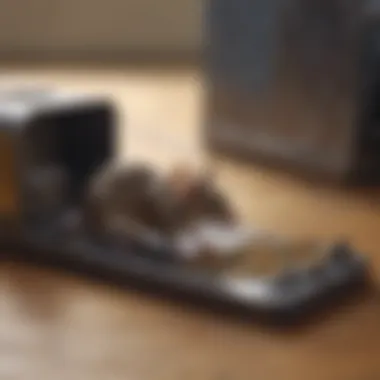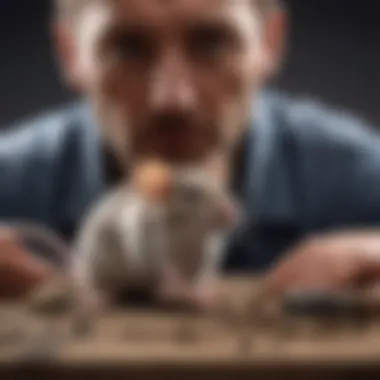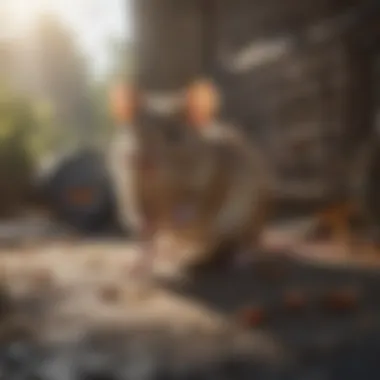Humane Metal Mouse Traps: An Ethical Solution


Intro
In the journey towards humane pest control, understanding the nuisances of household pests is a crucial first step. This guide will illuminate the advantages of humane metal mouse traps. These traps are designed with ethics in mind, prioritizing the welfare of the captured mouse, while offering effectiveness in pest management.
An efficient pest control strategy begins with identifying the types of rodents that may invade your home. Knowledge about these creatures is essential, as it allows for an informed approach to manage their presence. Hence, we will delve into pest identification, followed by prevention methods that emphasize creating an inhospitable environment for these pests. Additionally, we will touch on DIY pest control solutions, guiding readers on natural remedies and homemade traps that are both effective and humane.
This examination not only highlights products and methods but also emphasizes the importance of ethical considerations in pest management, making it relevant for homeowners who seek responsible solutions.
Pest Identification
Before employing humane traps, it is necessary to understand what pests may be present in your home.
Common Household Pests


Among common household pests, the most frequent intruder is the house mouse. Peromyscus maniculatus, the scientific name for the house mouse, can easily adapt to living in human habitats. Other common pests include the field mouse, and, less often, the deer mouse. Understanding their behavior is key.
Signs of Infestation
Identifying a mouse infestation may involve several indicators:
- Droppings: Small, dark pellets near food sources or along walls.
- Gnaw marks: Chewed wires or wood indicate foraging behavior.
- Nests: Mice create nests from shredded materials like paper.
- Sounds: Nocturnal activity may include scratching or scurrying sounds at night.
Being mindful of these signs can help homeowners take prompt action, ensuring effective management of mouse populations.
Prevention Methods
Beyond identification, preventing infestations is critical. Here are essential methods that minimize the likelihood of mice entering your home.


Environmental Modifications
Eliminating food sources is vital. Safe food storage in air-tight containers prevents access. Similarly, sealing entry points can thwart mice from entering your dwelling. Check for gaps or holes around doors, windows, and the foundation of your house.
Home Maintenance Tips
Regular maintenance can deter mice. Here are a few actions to consider:
- Keep gardens and yards clean to avoid attracting pests.
- Install door sweeps to reduce gaps.
- Clear debris and clutter in garages or storage areas.
Approaching maintenance proactively assists in creating a less attractive environment for rodents.
DIY Pest Control Solutions


If you wish to explore alternatives to chemical pest control or traps, there are effective options available. Exploring natural remedies can be insightful.
Natural Remedies
Several natural substances are cleverly utilized to repel mice, such as:
- Peppermint oil: Its strong scent is said to deter mice.
- Vinegar: Mixing this with water can be used as a spray.
DIY Traps and Barriers
Creating simple homemade traps can also be an option. Here’s a basic design:
Materials Needed:
- A large plastic container
- Bait (peanut butter or seeds)
- A ramp or a stack of books to create access
Instructions:
- Place bait inside the container.
- Set up the ramp leading to the edge.
- Ensure the container is tall enough to prevent escape.















